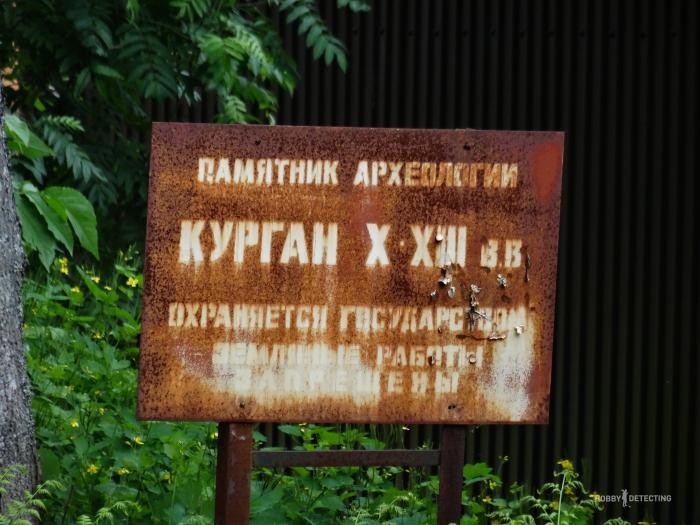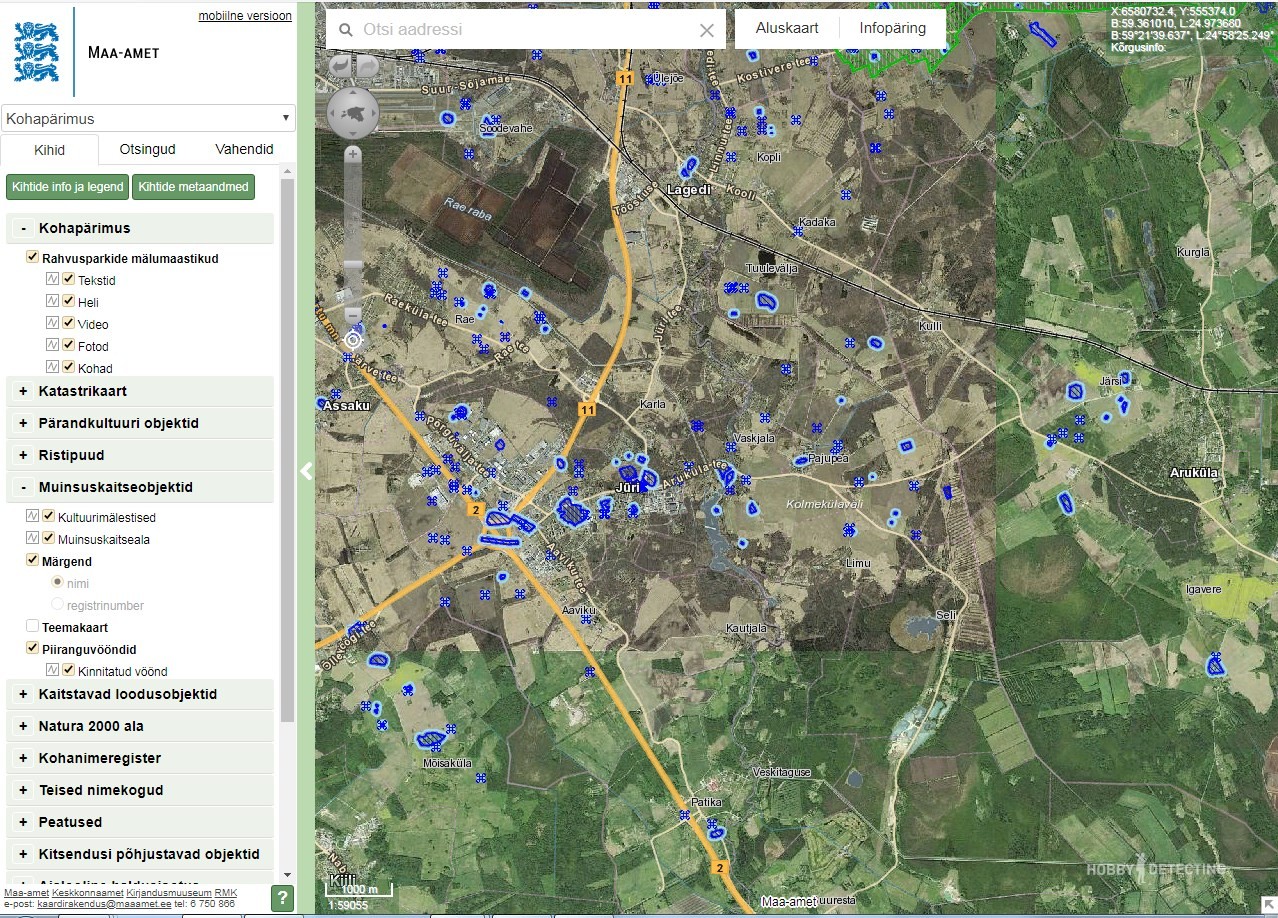Why is archaeological heritage so poorly preserved in Russia?
Good mood to you, dear readers of our blog. In my spare time, I read an interview with respected archaeologist Sergei Krykin. The main topic of the interview was a discussion of the problems of black archeology. And, among other things, the topic of protecting archaeological sites was briefly discussed. I wanted to write a comment, but, as usual, there was a whole post worth of ideas and thoughts. Therefore, I want to speak out and find out your opinion on this topic.
Why the state does not properly protect archaeological sites???
It should immediately be noted that under the general term “state”, “country” or “RF” we need to understand three levels of power. Federal, regional and local. And the local one can also be divided into a regional center and rural settlements. And each of these levels has its own logic, its own budgets and its own motives. It comes out — this is a question of the expediency and value of an object protected by law.
That’s where the point is. There is no understanding of what is needed and can be considered valuable from the point of view of archeology and other related history.

An archaeological object is traces of human existence, traces of existence can only be part of a cultural layer, and a cultural layer is an archaeological object. Indeed, there is not even a single vague understanding of what is valuable for Russian archeology from a scientific point of view.
Legislative mention of certain traces of the existence of a person over 100 years old is not appropriate to mention here. Since this term is used only within the framework of examinations of land plots.
And here you can sort out three opinions on this matter.
Opinion of archaeologists.
According to a large number of archaeologists, any unexpected object found in an unexpected place and at the same time of incredible value for science can be of value for archeology. It is for this reason that such citizens sincerely believe that the entire territory of the Russian Federation should be protected by law, with the exception of land plots where archaeologists have already walked and have not found anything interesting for themselves (science). As an example, they cite the legislation of Greece, Cyprus, Israel and Italy. True, these same people forget to mention that in those countries, archeology is an integral part of the tourism industry. And there, if the archaeological site has not become a tourist site, the director of such excavations in the future will not be given money for his activities.
But this is, which of our archaeologists will pay attention to such little things?

Opinion of officials.
On the other hand, there is a completely rational, from the point of view of public administration, opinion of officials from regional ministries of culture. Only cultural heritage sites should be protected. And, if you rummage a little through the news feeds of regional media, you can find dozens of stories about how local activists raised the issue of the urgent need to place this or that archaeological site under protection. To which, officials rationally respond to activists. There is a law on objects of cultural heritage (OCN). If you want to put an archaeological monument under protection, include it in the register of CHC. That’s it, the activists’ zeal disappears.
World experience.I think that the experience of the three former USSR republics will be most demonstrative for us. Estonia, Latvia and Lithuania. There, the basis for the list of protected objects was taken from archaeological maps (directories) created back in the USSR, what we now know as the Archaeological Map of Russia (AKR). So, in those countries, within just three or four years, clear maps of protected archaeological heritage zones were drawn up.
How it was done? A commission of three people: an archaeologist, an official from the Ministry of Culture and an official from the Land Committee. Upon arrival at the site, the archaeologist accurately pointed to the object and established its boundaries, the Ministry of Culture drew up a passport of the object, and the land committee drew up its cadastral boundaries with exact GPS coordinates. Then local governments established contractual obligations with the owner of the land plot to protect the archaeological site. Now all this is available and can be clearly seen on specialized maps of the land committee.

Unfortunately, in our country, it is impossible to even imagine such joint work of officials from different departments. Well, for now? In the meantime, black archaeologists and diggers are to blame for everything.
